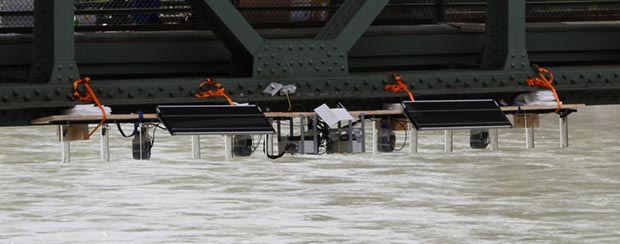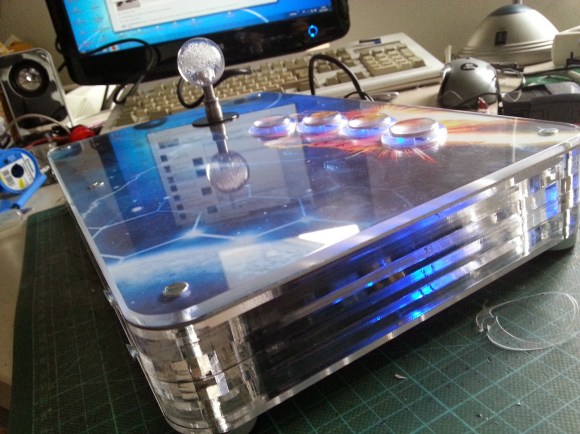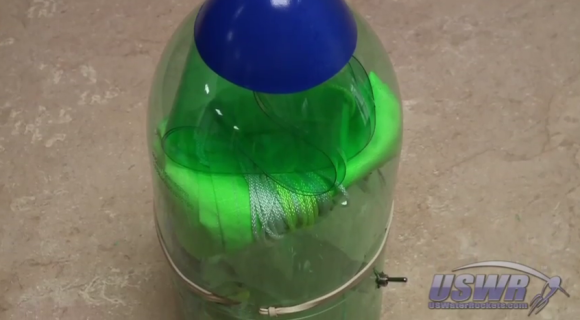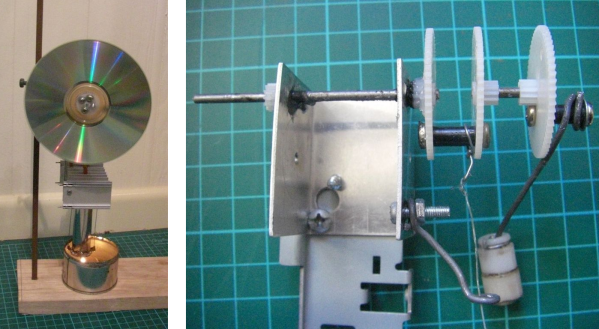As most everyone knows the Xbox One came out last week and if you were one of the lucky few to get one you might have noticed the headset is quite uncomfortable and covers only one ear. [octanechicken] has a possible adapter solution that lets you plug-in an older more comfortable chat headset like a Turtle Beach. It is being reported as a functional hack by others in the comments; however it may still be questionable. We say questionable because the first release of this Instructable clearly had a flaw in the wiring, but updated text seems to have fixed that problem. Using a female 2.5 mm stereo inline jack [octanechicken] was able to get the Xbox One headset controller to work with older Xbox 360 chat headsets having a male 2.5 mm plug.
The photos on the instructable are still incorrect so following the text instructions one simply unsolders the wires from within the ear piece and then solders the white wire to the tip connector, blue wire to the middle ring connector and the bare wire to the rear sleeve connector of the female 2.5 mm stereo inline jack. Remember to leave the black wire disconnected and covered with a bit of tape. If you cut the wires instead of unsoldering them, remember to scrape any varnish off before soldering. But what about that black wire?
Continue reading “2.5 Mm Jack Adapter For The Xbox One Headset”

















